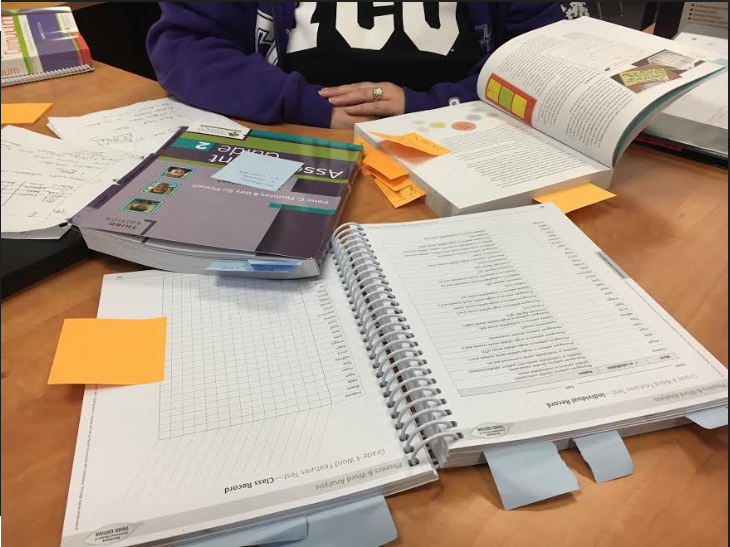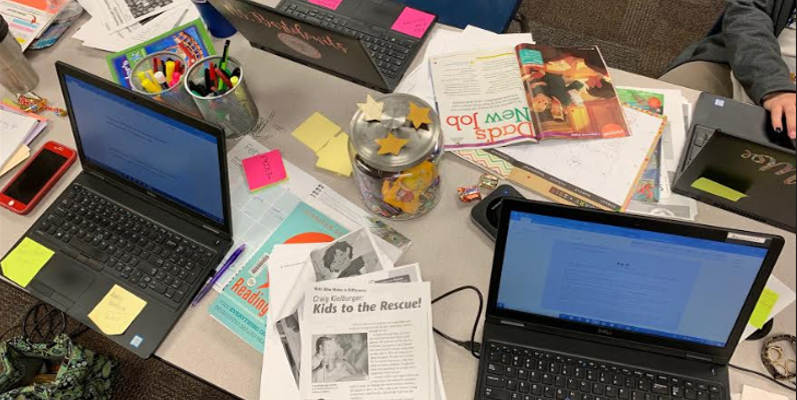All last week I worked with upper elementary reading teachers.
We pored over data. We identified standards that must be retaught in the weeks up to our state assessment. We designed mini-lessons. We strategically placed kids in strategy groups and created small group instruction. We made a ton of formative assessments to inform about student learning. We chose books and articles, poems and plays and compelling excerpts from novels.
At the end of each day our merry band of teachers and coaches was exhausted.
Teachers work hard.
The instructional planning we engaged in for the day-long sessions was helpful and I’m grateful to their principal for allowing teachers the extended amount of time to collaborate. We worked hard, but I want to also admit that we were committed to working smarter. And not harder.
One third grade team this week was the poster-child for smart planning. As we looked closely at released assessments to determine depth and rigor for instruction, modeling and practice, one teacher expressed her anxiety about fitting it all in to her existing harried language arts block. “I don’t think I can pack all these lessons based on standards we identified from our data. It feels like I’ll never be able to cover everything my kids need in the time we have left before the assessment.”

My number one commitment when coaching teachers (and coaches) is minimizing barriers. In this instance, I knew we needed to put our heads together and work to reduce the stress dogging these teachers instead of adding to their anxiety.
We hit upon an idea of choosing a few hard-hitting strategies for comprehension in the remaining weeks instead of trying to teach an overabundance of isolated skills. For the fiction selections that kids will read, think about, discuss and respond to in writing, the teachers want to emphasize character analysis and story arc as the tools for comprehending. They discussed at length that those two strategies would give opportunity to explore theme, author’s craft, point of view, and other literary elements.
When planning for nonfiction, this third grade team made the decision to focus on text structure (both macro and micro-structures) within and throughout each selection. They also committed to an emphasis on determining main and idea and details at the macro and micro-level, as well.
Once the decision was made by this team to choose a handful of strategies over a long list of isolated skills, the stress level seemed to abate. When I asked for feedback at the close of our day, teachers shared that they were excited and relieved to think about moving forward in the next twelve weeks of instruction. “Our plan makes me feel like I can actually teach and model what my kids need to comprehend when they read. And the nice thing is, we’ll just repeat the same basic strategies. That will give my students time to make these strategies their own.”
We say it all the time. “Work smarter not harder.”
These teachers didn’t just say it. They made it a reality.
And you can, too.










